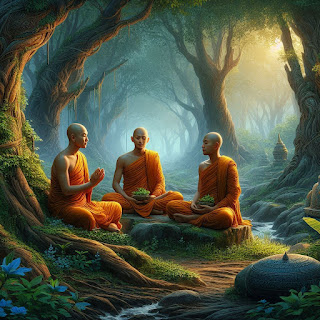📚 Majjhima Nikaya Collection
Complete collection of all 152 Middle-Length Discourses
Each sutta has detailed table of contents with direct links to specific sections


























































































































































































































▶







